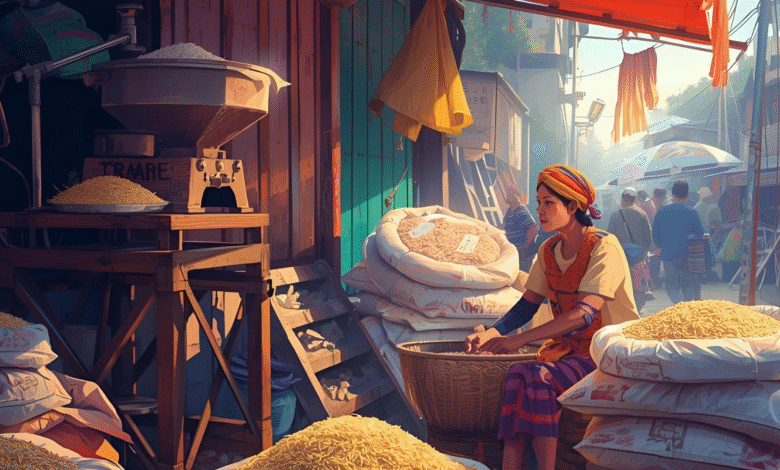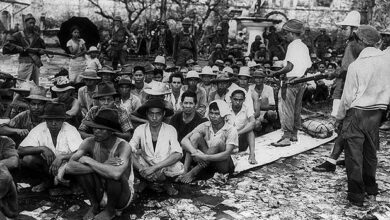
The government has officially enforced a 60-day rice import ban Philippines, effective from September 1 to October 30, 2025. The Department of Agriculture (DA) hopes the suspension will stabilize palay (unmilled rice) farmgate prices, which have plummeted to unsustainable levels in recent months. But what does this mean for Filipino farmers, consumers, and even our neighboring trade partners?
Why the Rice Import Ban Was Imposed
For much of 2025, rice farmers across the country have faced crashing farmgate prices, with reports showing rates as low as PHP 8–10 per kilogram, well below the average production cost of PHP 12–14.
The ban gives farmers a chance to sell their harvest first. Imported rice often competes directly with local palay, lowering farmgate prices. With the ban, farmers can expect better income in the next two months.
Effects on Farmers and Importers
Farmers’ groups welcomed the decision on the rice import ban. They believe this will push millers and traders to buy more local palay. The ban also gives farmers confidence that their hard work will not be undercut by cheaper imports.
READ: SM Prime’s Solar-Powered Initiatives Push for a Cleaner PH
However, some groups worry that the two-month limit may not be enough. Harvests continue until December. Farmers want the government to extend the restriction to fully protect them.
Impact on Consumers
For everyday Filipinos, the big question is whether the rice import ban in the Philippines will push up market prices. The Philippine News Agency reported that no major spikes are expected, citing ample local harvests and government buffer stock releases. Still, experts caution that small fluctuations in retail prices are possible if supply fails to meet demand in certain regions.
Regional Ripples: Vietnam’s Reaction
Beyond Philippine shores, the ban has raised eyebrows in Vietnam, the country’s biggest rice supplier. The Vietnam Food Association (VFA) urged its trade ministry to challenge the ban, since the Philippines accounted for 44% of Vietnam’s rice exports in the first seven months of 2025.
Vietnamese rice prices reportedly dropped after the suspension, putting additional strain on exporters who heavily rely on the Philippine market. This highlights how local policies can have ripple effects across Southeast Asia’s food trade.
What Happens Next
The DA will assess the results after 60 days. If farmers benefit and consumers avoid major price increases, the ban could serve as a model for future policies. But if prices spike, the government may rethink its strategy.
READ: PhilHealth Mental Health Benefits: What You Should Know
Food for Thought
The rice import ban Philippines gives local farmers a stronger hand this harvest season. Consumers may feel mixed effects, depending on supply and pricing. What happens in the next two months will test how well the country can balance farmers’ welfare with affordable food for every Filipino.




